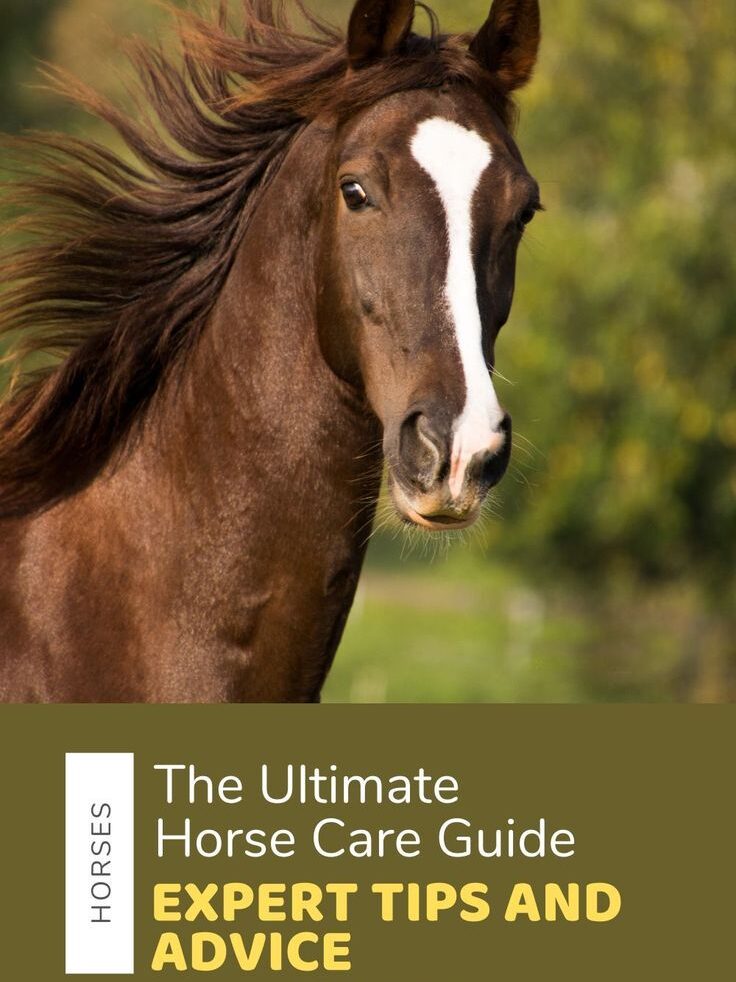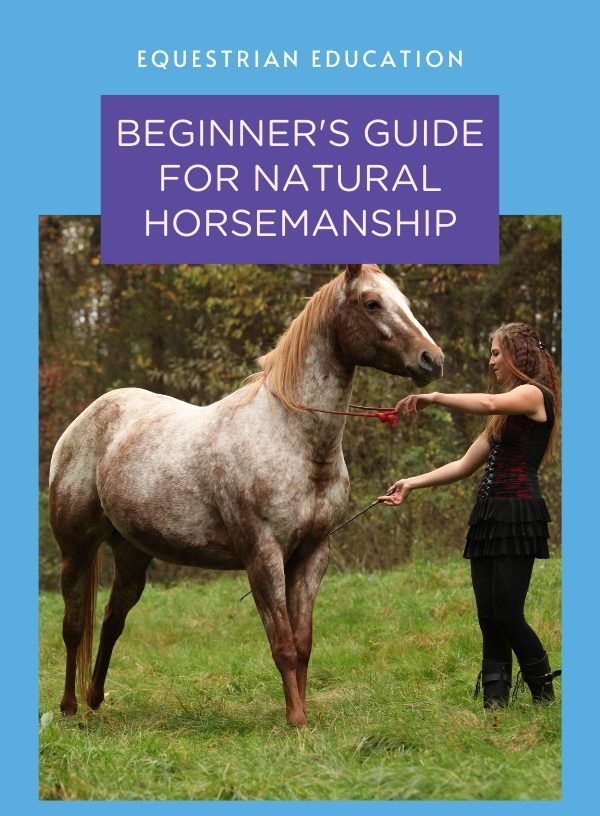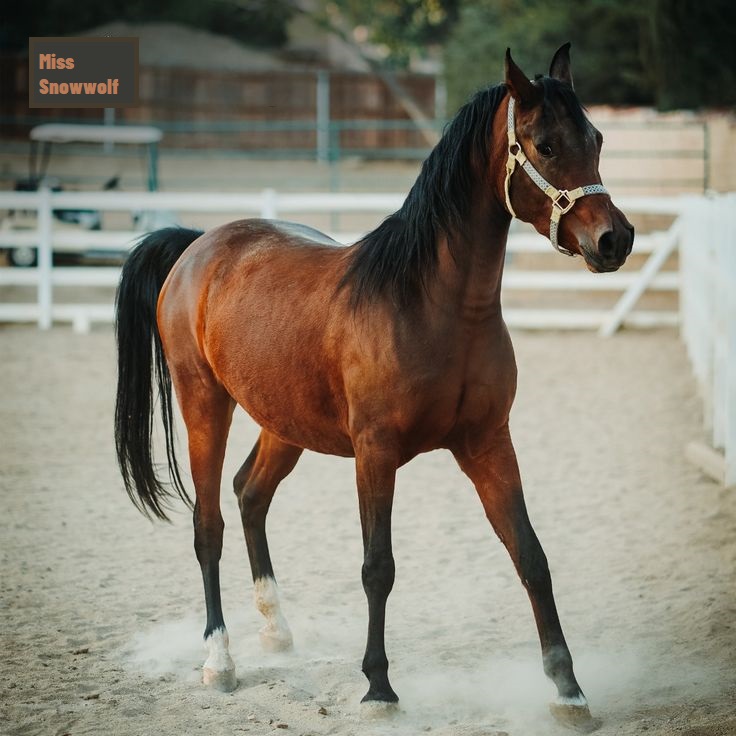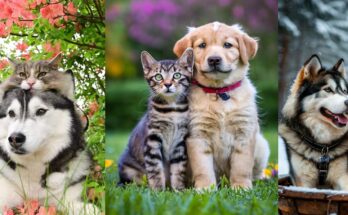
A healthy, gleaming coat and strong, clean hooves aren’t just signs of a beautiful horse—they’re indicators of excellent care. Grooming is far more than a cosmetic routine. It plays a vital role in your horse’s health, comfort, and performance, while also strengthening the bond between you and your equine companion.
In this ultimate guide, we’ll break down your essential grooming checklist, explore the benefits of regular care, and provide expert tips to keep your horse looking and feeling their best all year long.


Why Grooming Matters
Before diving into the tools and techniques, let’s understand why grooming is such a cornerstone of good horse care:
Health Benefits:
- Stimulates blood circulation
- Promotes natural oil production for a healthy coat
- Prevents and detects skin issues like rain rot, fungus, or parasites
- Reduces the risk of hoof infections like thrush
- Keeps tack areas clean to prevent rubbing or sores
Bonding and Behavior:
- Builds trust and communication
- Helps desensitize your horse to touch and handling
- Offers a calm, focused activity for anxious horses
Performance Prep:
- Prevents discomfort during riding
- Enhances appearance for shows or events
- Encourages early detection of injuries or lameness

Daily Grooming Checklist
Here’s a step-by-step guide to your daily grooming routine. This should take 15–30 minutes and is best done before and/or after exercise.
🪥 1. Curry Comb
Purpose: Loosens dirt, debris, and shedding hair while stimulating natural oils.
How to Use:
- Use a circular motion with light pressure on large muscle groups (shoulders, back, neck, hindquarters).
- Avoid bony or sensitive areas (face, legs).
Pro Tip: Rubber curry combs are great for most horses. Use a softer version for thin-skinned breeds or sensitive areas.

🧹 2. Stiff-Bristle (Dandy) Brush
Purpose: Sweeps away the loosened dirt and hair from the curry comb step.
How to Use:
- Brush in short, flicking strokes in the direction of the hair.
- Focus on the body and legs, but avoid the face and sensitive areas.

💨 3. Soft Brush (Body Brush)
Purpose: Removes fine dust and adds shine by spreading natural oils.
How to Use:
- Use long, smooth strokes along the grain of the coat.
- Can be used on face and legs if gentle.
Pro Tip: Use this brush last for a polished finish, or for touch-ups before a ride or show.

🐎 4. Hoof Pick
Purpose: Removes dirt, rocks, and manure to prevent thrush and detect injuries.
How to Use:
- Always face the horse’s hindquarters when cleaning hooves.
- Pick from heel to toe, being careful around the frog.
- Check for odors, cracks, heat, or tenderness.
Frequency: Clean all four hooves daily—even if your horse is not being ridden.

🪮 5. Mane and Tail Comb
Purpose: Detangle hair and remove debris.
How to Use:
- Start from the bottom and work your way up gently.
- Use your fingers or a wide-tooth comb.
- Spray detangler to prevent breakage.
Pro Tip: Avoid daily combing if you want to grow a thick mane or tail—opt for finger-combing to reduce hair loss.

😌 6. Face Grooming
Purpose: Clean sensitive areas gently and check for irritations or flies.
Tools: Use a soft cloth, sponge, or designated face brush.
How to Use:
- Wipe eyes, muzzle, and ears with clean water and a soft cloth.
- Always approach slowly and calmly.
Optional: Fly wipes or gentle fly spray can help in warm months.

💫 7. Finishing Touches
- Wipe the coat with a grooming cloth for added shine.
- Apply hoof conditioner or polish if needed.
- Spritz coat conditioner for a glossy finish (especially before events).

Weekly and Monthly Grooming Tasks
While the daily routine keeps things clean, some grooming tasks can be done on a weekly or monthly basis for deeper care.

🧼 Bathing Your Horse
When to Bathe:
- Before shows
- During hot weather
- When extremely dirty or sweaty
Tips:
- Use horse-specific shampoo—never human shampoo.
- Wet thoroughly, lather gently, rinse completely.
- Avoid getting water in ears and eyes.
- Use sweat scrapers to remove excess water.
Frequency: Only when necessary; overbathing strips natural oils.

✂️ Trimming
Trimming helps maintain a tidy appearance and prevent discomfort.
Areas to Trim (Optional):
- Bridle path
- Fetlocks
- Whiskers (depending on show rules and personal ethics)
- Tail dock
Tools: Use blunt-end scissors or electric clippers with proper training.

💅 Hoof Conditioning
Apply hoof oil or conditioner once or twice a week (or more during dry seasons).
Why It Helps:
- Prevents cracking and chipping
- Adds moisture to dry hooves
- Improves appearance
Pro Tip: Overuse can cause softening—consult your farrier if unsure.

Seasonal Grooming Tips
🌸 Spring: Shedding Season
- Use a shedding blade or grooming glove.
- Curry comb more frequently to speed up shedding.
- Watch for fungus or rain rot from spring rains.
☀️ Summer: Heat and Sweat
- Rinse sweat off after intense work.
- Use fly spray and fly masks.
- Monitor skin for signs of sunburn or insect bites.
🍂 Fall: Coat Transition
- Reduce bathing to help natural oils build up.
- Begin blanketing if needed as temperatures drop.
- Continue hoof care during muddy periods.
❄️ Winter: Thick Coats & Cold Temps
- Dry grooming is essential when bathing isn’t an option.
- Use a curry comb and towel to remove sweat from under the blanket.
- Keep legs and hooves dry to prevent mud fever.

Choosing the Right Grooming Tools
Must-Have Items:
- Curry comb (rubber or plastic)
- Hard-bristle brush (dandy brush)
- Soft-bristle body brush
- Hoof pick with brush
- Mane and tail comb or brush
- Face sponge or towel
- Grooming tote or box
Optional Extras:
- Shedding blade
- Grooming mitt
- Sweat scraper
- Hoof oil and brush
- Fly spray
- Detangler spray
- Shampoo and conditioner
Pro Tip: Keep tools clean and replace when worn out. Sharing brushes between horses can spread skin conditions—label your kit.

Grooming and Behavior
Grooming is a chance to observe your horse’s behavior and catch early warning signs of discomfort, tension, or pain.
Look for:
- Flinching, pinning ears, or tail swishing
- Sudden biting or kicking during grooming
- Sensitivity in specific areas (may indicate injury or soreness)
- Uneven weight shifting when picking up hooves
These signs may point to physical issues or trust problems and should not be ignored.

Grooming for Special Events
Before shows or events, grooming steps get a little more detailed:
Pre-Show Checklist:
- Bathe thoroughly the day before
- Clip the bridle path, whiskers, and fetlocks
- Polish hooves with show gloss
- Braid mane and/or tail (if discipline requires)
- Wipe the coat with a microfiber cloth and coat polish spray
Show Day Touch-Ups:
- Brush off dust
- Wipe down tack areas
- Use baby wipes on face and legs for a final shine

Children and Beginners: Grooming as a Learning Tool
For young riders or new owners, grooming is a safe and low-pressure way to interact with a horse.
Benefits:
- Teaches responsibility
- Encourages observation and empathy
- Builds confidence in handling
- Offers a non-riding activity with your horse
Always supervise children and teach safe handling, especially when cleaning hooves.

Common Grooming Mistakes to Avoid
- Being too rough: Especially with curry combs or mane pulling
- Skipping hooves: Can lead to missed injuries or thrush
- Overbathing: Dries out skin and coat
- Neglecting tools: Dirty brushes spread bacteria
- Ignoring reactions: Behavioral signs during grooming are important communication cues

Conclusion: Grooming as a Ritual of Care and Connection
Your horse’s shiny coat and happy hooves are the result of daily attention, good nutrition, and genuine care. Grooming isn’t just maintenance—it’s a ritual, a moment of calm, and a way to check in with your equine partner physically and emotionally.
When you take the time to groom with intention, you’re not only protecting your horse’s health but also reinforcing trust, respect, and partnership. So grab that curry comb, breathe in that barn air, and enjoy one of the most rewarding parts of horse ownership.



